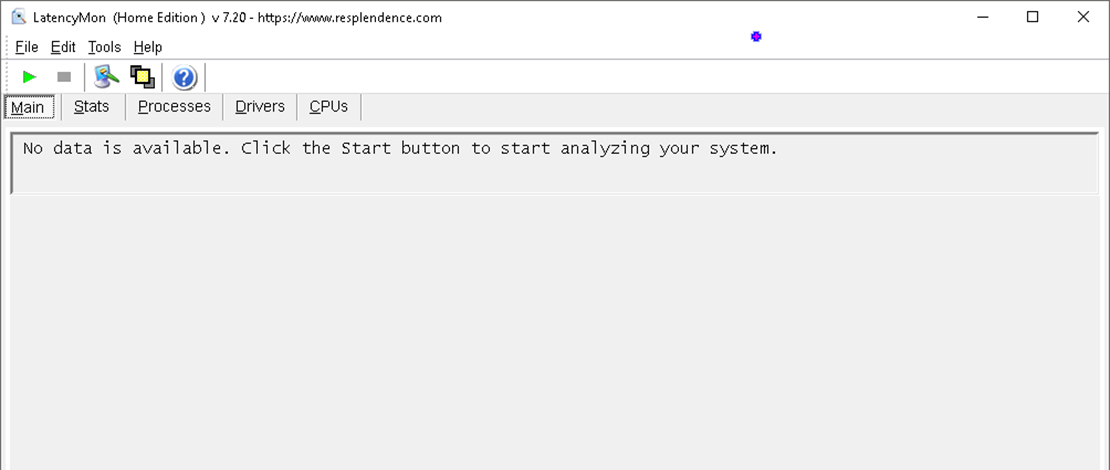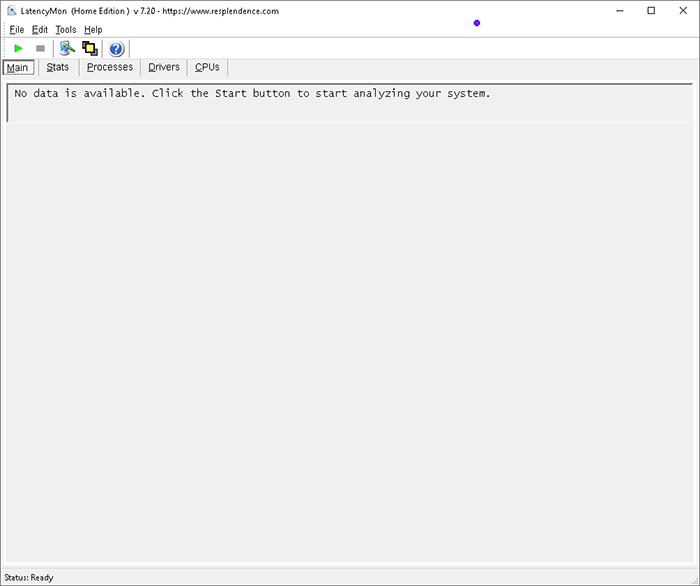LatencyMon – Obsession in the PC Tweaking Community

The PC tweaking community has an obsession with ensuring the fastest possible latency for their machines so their inputs through their mice and keyboards would feel as instantaneous as possible. The biggest part of the latency equation is your hardware – capable PC components and peripherals (mouse, monitor, keyboard, etc) and their proper configuration (usually through BIOS and firmware) is extremely important.
Another important aspect of having a low latency machine is setting up your Windows correctly, and here is where the PC tweaking community spends a lot of time. Since a lot of people do not have access to specialized tools like an LDAT that would give you actual measurements in ms from your inputs to its execution, a lot of people needed an alternative.

The most common tool people use to see whether their changes have an impact on system performance is LatencyMon, a tool that is referenced quite often by many people seeking to optimize their Windows experience.
LatencyMon & What Is DPC?
The reason LatencyMon is a popular tool is because it can monitor and measure your DPC – Deferred Procedure Call. In simple terms DPC is a measurement of driver efficiency – if drivers take too long to process the task given to them, it will slow down the chain and will force other drivers from being processed as fast as they can.

This would generally be seen as increased latency and its characteristics are both audio and visual delays.
DPC Obsession
LatencyMon is an easily accessible tool that gives you a simple reading of the average and highest measured interrupt to DPC latency in µ. The concept then is pretty simple – a lower number means your driver calls are being processed in an efficient manner meaning you are incurring no extra latency penalties.
The tool is a simple way to see whether your tweaks have a positive impact on your system or not through an accessible measurement. The lack of audio crackling and no random FPS dips and stutters is already a sign of a good system, but it is hard to quantify and measure against, therefore, a simple number that goes higher or lower is easier to understand for most users.
The Problem
Overall it seems like LatencyMon is a decent tool for your testing but the problem is that a lot of people on the internet assume that the results the utility gives you are the ultimate truth. In the end, this tool is not a specialized hardware tool (like the previously mentioned LDAT) and the results should be taken with a grain of salt.
Moreover, a lot of the tuning necessary to get the DPC numbers down is situational and depends on what kind of tasks you need to complete. If your goal is real-time audio or gaming then you will have no issues with using LatencyMon as a measurement. Meanwhile, if you also want to complete productivity tasks using the same procedures to get your average interrupt to DPC latency down will be counterproductive (ex: disabling SMT or Hyper-Threading is a big step but it downgrades productivity by a lot).
The same applies if you are trying to use as little power as possible while on the PC – a lot of the tweaking necessary to lower the DPC latency requires your PC to be at full throttle at all times resulting in higher temperatures and the wattage used (No-idle power plan, P0 state for GPU).
The ironic part is that sometimes certain changes you make to achieve lower DPC latency also result in lower FPS in games making it a debate whether seeing a lower number in an external tool is more important than having better FPS in your game of choice.
Different platforms also react differently to optimizations – Intel systems are known for being able to achieve lower DPC latency numbers compared to AMD systems making it hard to compare results in an apples-to-apples comparison.
TL;DR
LatencyMon is an excellent tool that can monitor your DPC latency and can help you in achieving a more responsive system. At the same time to use the tool effectively you need to understand your specific workload, and some of the downsides of tuning your PC based on LatencyMon readings (higher temperatures, higher wattage, loss in productivity, possible loss in certain games, etc).
You also need to understand that you are using an internal utility that is influenced by the system so it cannot produce accurate results like an external tool that is independent of your system (LDAT or similar tools). In short, having lower DPC latency is good (drivers being processed in time), and LatencyMon is a good tool, you just need to understand what you are doing and what your goal is.